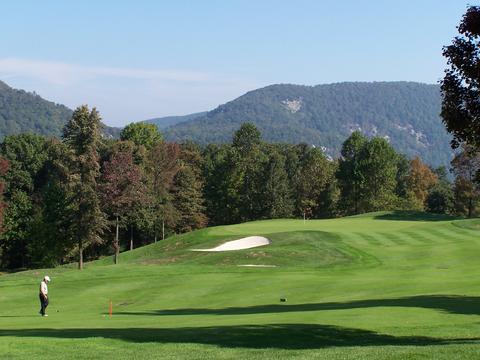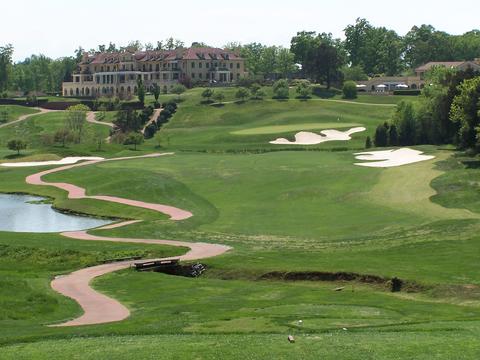Tiger Woods' first foray into golf course design is in the desert terrain of Dubai. His second one will present an entirely different challenge.
Yesterday, the world's best golfer confirmed that he will design a mountain layout for the Cliffs Communities at High Carolina, between Asheville, NC, and Greenville, SC. The course, which will be laid out especially for walkers, will sit at an elevation of 4,000 feet amid a community of homes priced well into the millions of dollars. Scheduled opening is sometime in 2010.
Tiger, who is chasing Jack Nicklaus' record 18 PGA victories in major tournaments, will have to do some catching up at the Cliffs as well, where Jack has his name on two courses. Other designers in the Cliffs portfolio of built and planned courses include Gary Player, Tom Fazio, Ben Wright and Tom Jackson, whose Cliffs at Glassy design is at about the same elevation as the property where Woods will work his magic.
Membership in one of the Cliffs courses confers membership in all. The current initiation fee is $125,000, with dues nearing $500 a month. The longest drive (car drive, that is) from the Cliffs at Walnut Cove (Nicklaus) to the Cliffs at Keowee Vineyard (Fazio) is about an hour.
Anything Tiger does stimulates interest in the golf world, and it will be interesting to see if his designs in Dubai and South Carolina reflect his own style of play the way Nicklaus' early designs did. The Nicklaus designs of the mid to late 1980s tend to force us commoners to hit high, Nicklaus-like approach shots to well-protected greens, as at the Melrose Course on Daufuskie Island, SC, and Pawleys Plantation in Pawleys Island, SC. In announcing the Cliffs venture, Tiger said he wants to design a course his "friends" would enjoy playing. Given the company he keeps, High Carolina should be tough.

Tiger Woods' course for the Cliffs at High Carolina will be at an elevation similar to the nearby Cliffs at Glassy, an intriguing layout by Tom Jackson.
























